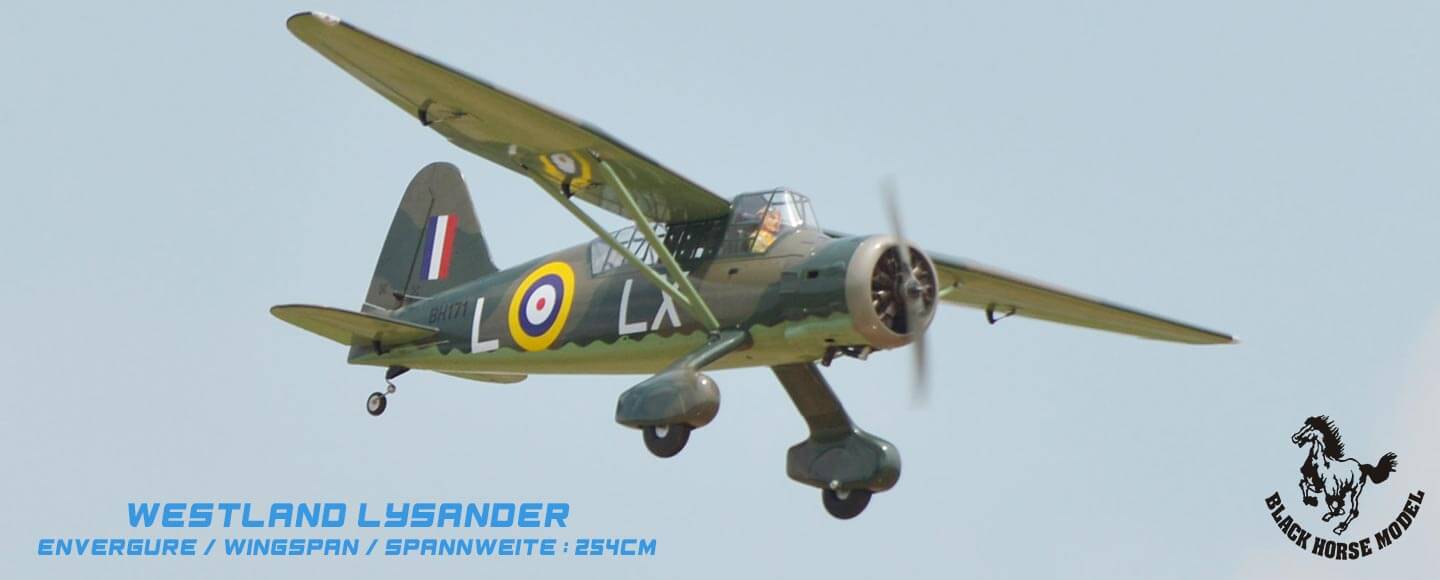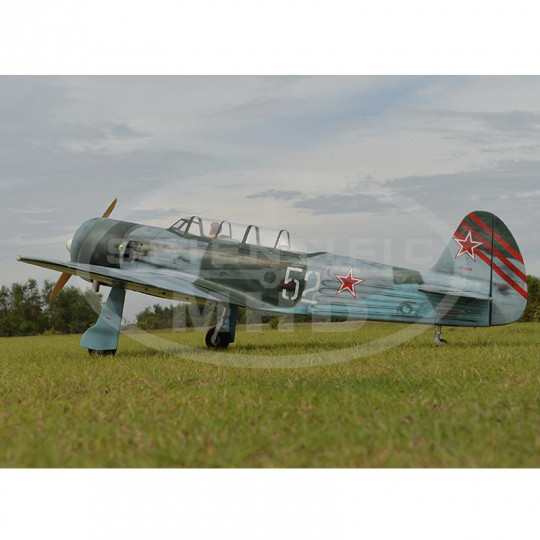485 Products
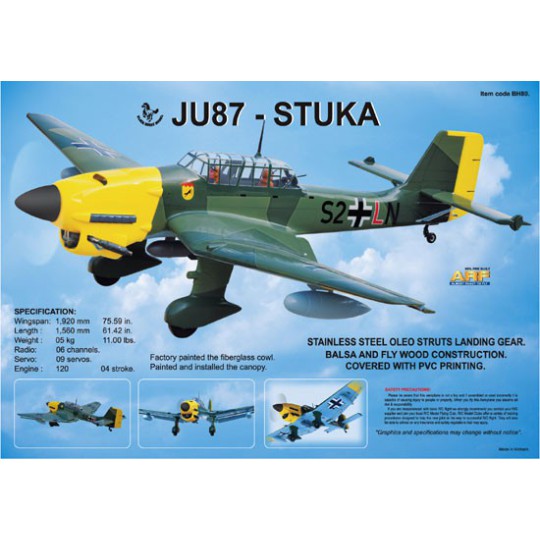
-
-20%
-
Promotion
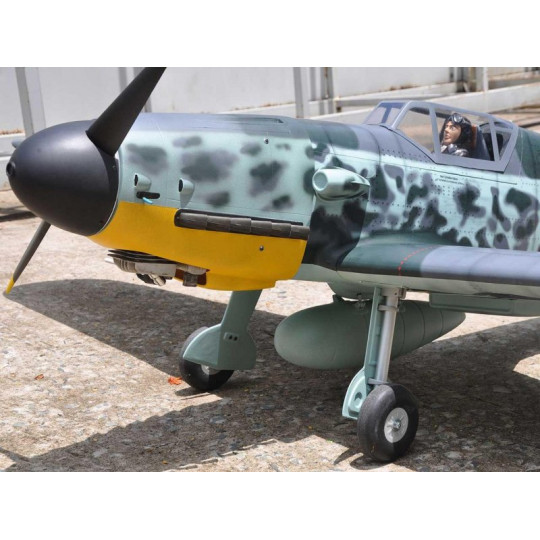
-
-€80.00
-
Promotion

-
-€200.00
-
Promotion
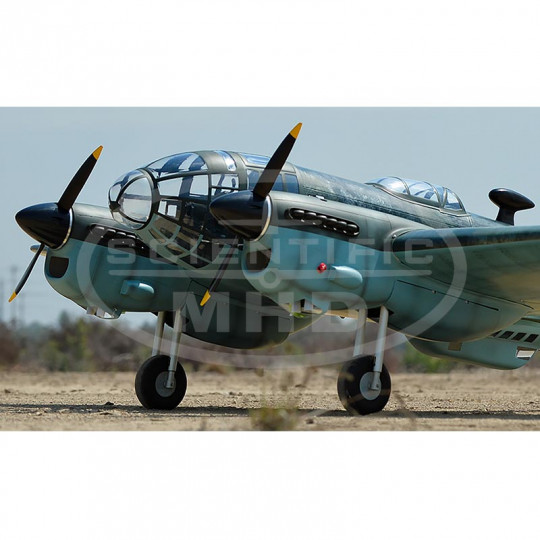
-
-€80.00
-
Promotion
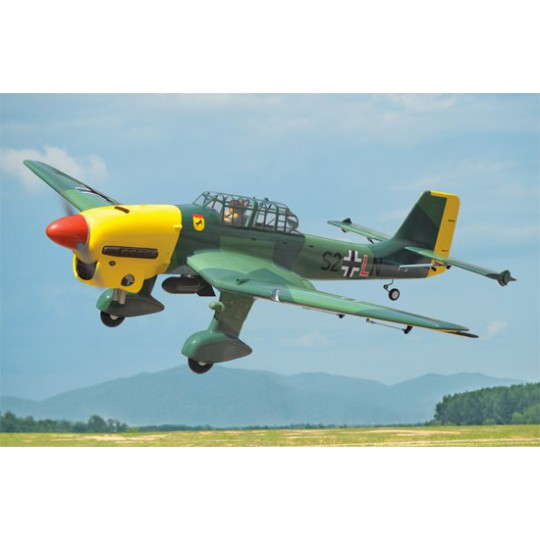
-
-20%
-
Promotion
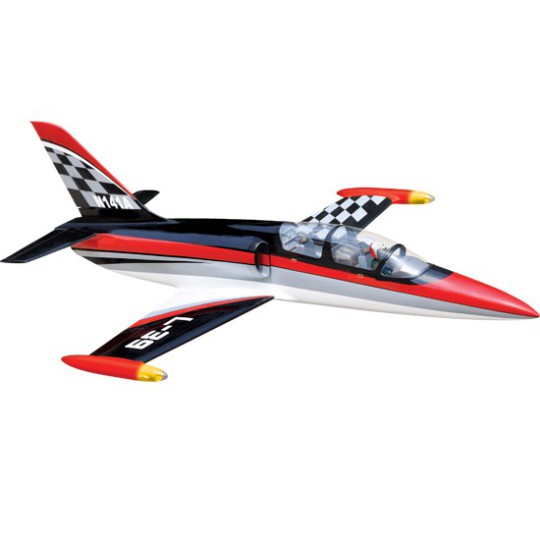
-
-€50.95
-
Promotion

-
-€40.00
-
Promotion
Scientific MHD has been a major player in the RC market since 1955. Our experts work hard every day to offer a selection of the best vehicles and remote control plane to beginners, experts, competitors or even those who are just curious and wanting to try something new out.
Troubleshooting common problems with remote control planes
Remote control planes offer enthusiasts a thrilling mix of technology, aerodynamics, and piloting skill. However, like any sophisticated device, they can encounter a range of issues that may impede their performance. Troubleshooting these common problems requires a systematic approach to identify and resolve the underlying causes. One of the most frequent issues faced by remote control plane operators is connectivity problems between the transmitter and the receiver. Signal interference, low battery levels, or even physical obstructions can disrupt communication, leading to erratic behavior or loss of control. Ensuring that both the transmitter and receiver are fully charged and operating on a clear frequency can mitigate many of these issues. Additionally, checking for physical damage or loose connections in the wiring can be beneficial.
Another prevalent problem involves the plane's power system. A sudden loss of power or inconsistent performance may be attributed to the battery or the electronic speed controller (ESC). It is essential to verify that the battery is not only charged but also in good condition. Over time, batteries can degrade, resulting in diminished capacity and unreliable power delivery. Inspecting the ESC for signs of overheating or malfunction is equally important, as this component regulates the power flow to the motor. Replacing faulty parts can restore the plane’s operational integrity and ensure a smooth flight experience.
Mechanical issues, such as problems with the control surfaces, also demand attention. If the plane exhibits unusual flight patterns, such as uncommanded rolls or dives, the servos controlling the ailerons, elevator, and rudder might be at fault. These small motors are responsible for adjusting the control surfaces in response to inputs from the transmitter. Ensuring that the servos are properly installed and calibrated can resolve many of these issues. Moreover, verifying that the control surfaces move freely and are not obstructed by debris or damage is crucial for maintaining aerodynamic stability.
In addition to these specific components, the structural integrity of the remote control plane is vital. Crashes, hard landings, or even minor impacts can cause cracks or breaks in the fuselage, wings, or tail assembly. Regularly inspecting the airframe for signs of stress or damage and repairing any compromised sections with appropriate materials, such as epoxy or specialized adhesives, can prevent more serious failures during flight.
Environmental factors also play a significant role in the performance of remote control planes. Wind conditions, humidity, and temperature variations can all impact the plane's behavior. Understanding how these elements affect flight dynamics allows operators to make informed decisions about when and where to fly. For instance, flying in strong winds can overstrain the plane's components and lead to instability, while high humidity levels can affect the electrical systems. Adapting to these conditions by selecting suitable times and locations for flying can enhance the overall experience and minimize the risk of encountering problems.
In conclusion, troubleshooting common problems with remote control planes involves a comprehensive examination of both the electronic and mechanical systems, as well as an awareness of environmental factors. By systematically addressing issues related to connectivity, power systems, control surfaces, structural integrity, and external conditions, operators can ensure that their planes remain in optimal condition. This proactive approach not only enhances performance but also extends the lifespan of these intricate flying machines, allowing enthusiasts to enjoy their hobby with confidence and reliability.

